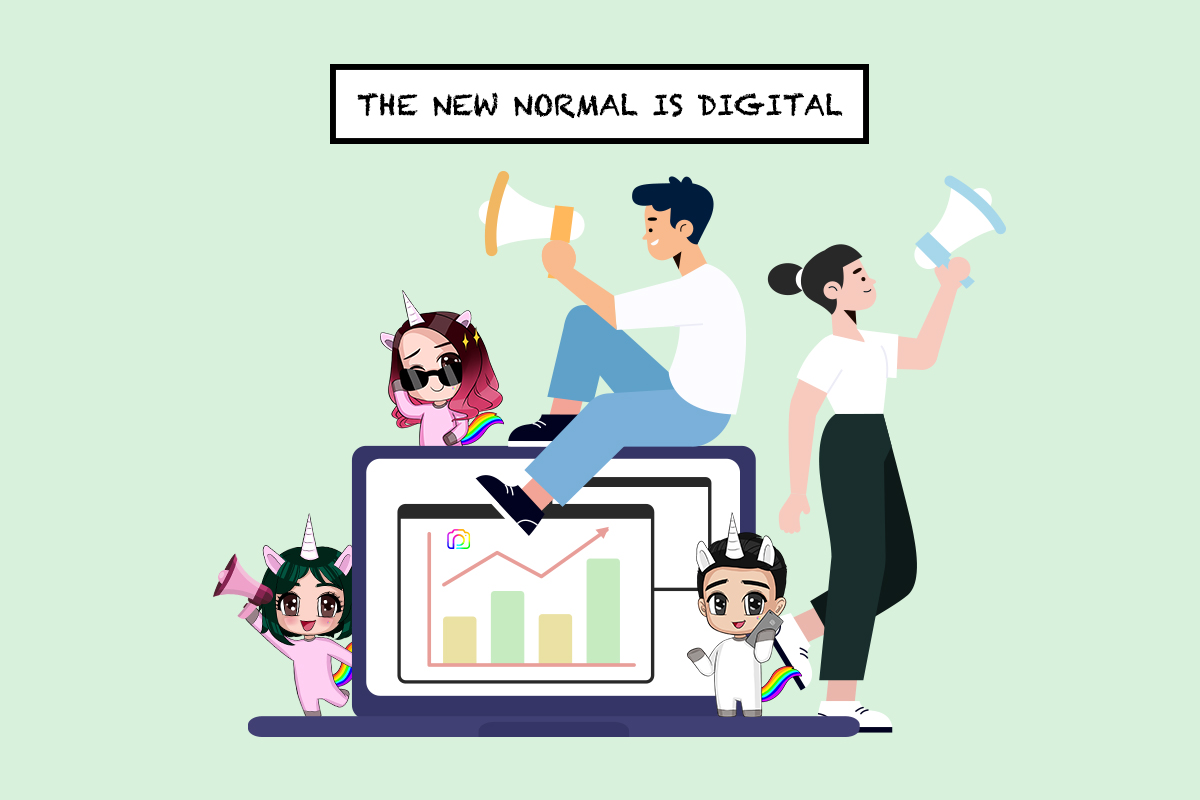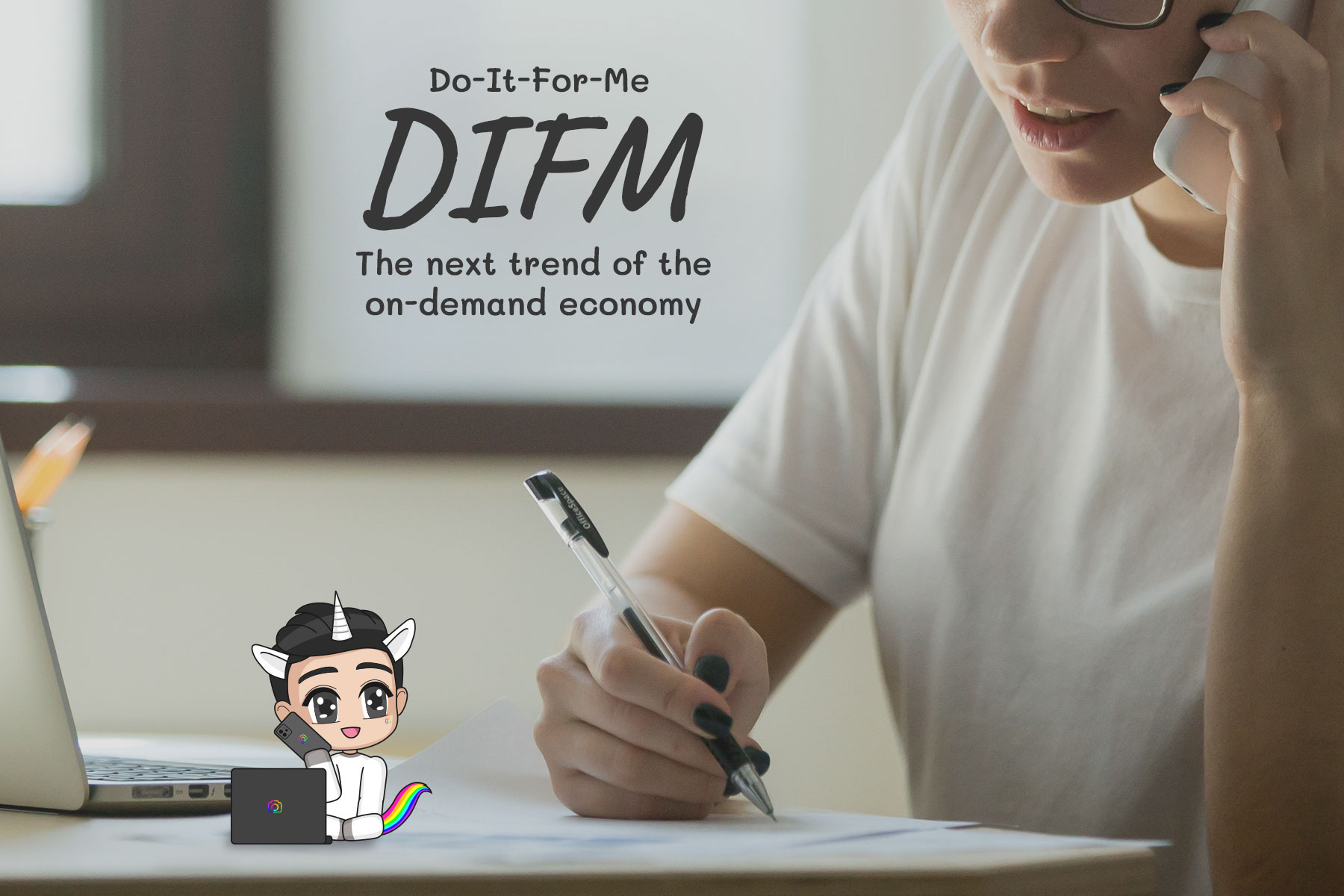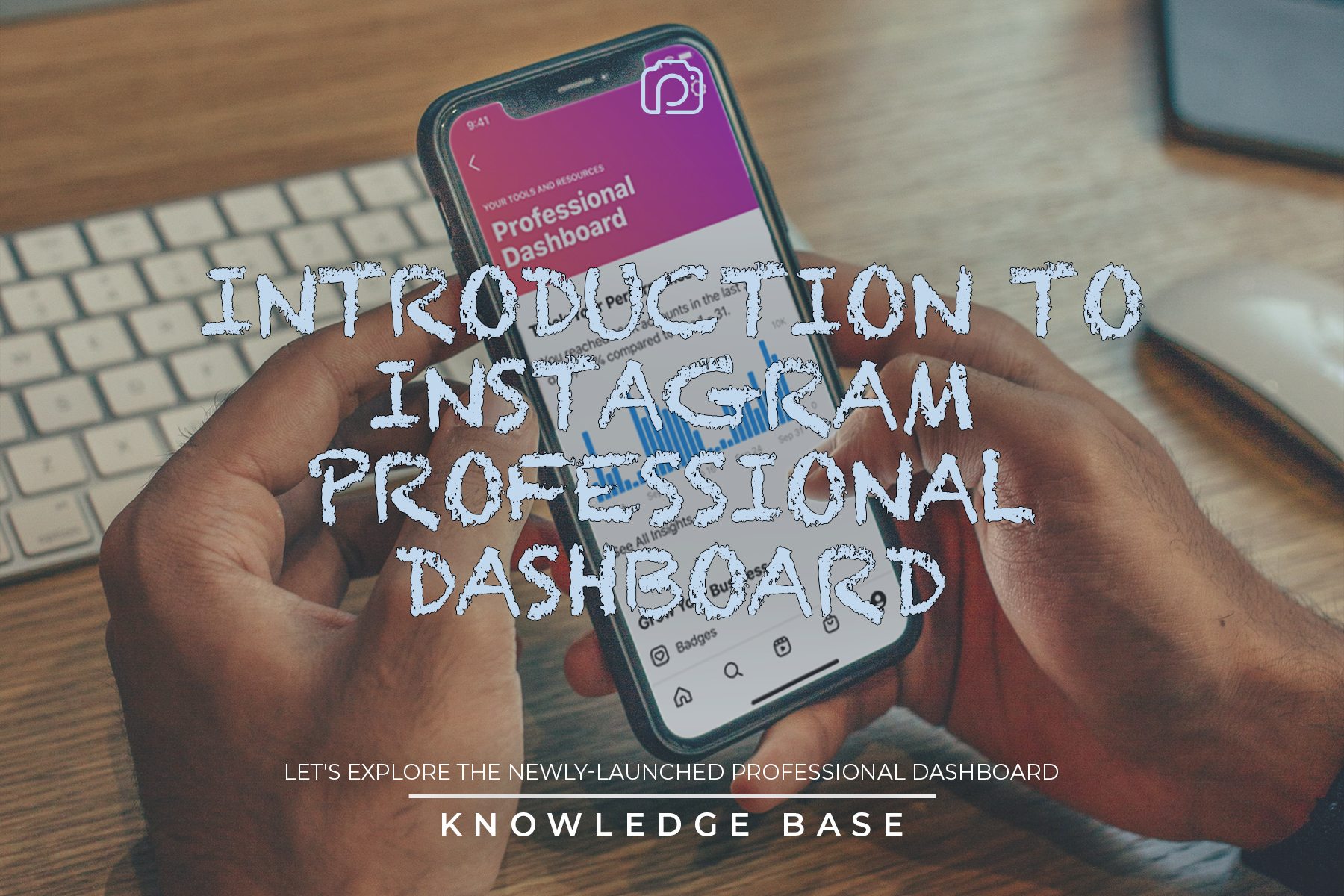- Telegram : t.me/pinc360
- Telegram : t.me/pinc360
A beginner’s guide to digital marketing: Business during corona

Make no mistake: we are in a global crisis. The coronavirus has had adverse effects on everyone from NYSE-traded companies right down to the fish vendor in the wet market. With governments all over the world encouraging citizens to stay at home in order to curb the spread of the virus, most entrepreneurs have reported extreme reductions in revenue.
While there are businesses that have already conducted their marketing mainly in the online space even prior to the coronavirus pandemic, more and more companies are either entering the digital marketing space for the first time or are reallocating outdoor marketing budgets to this relatively new practice.
The premise for this shift is simple: as people are stuck at home (in literal fear for their lives), a great number of them are glued to their smartphones and computer screens, and hence digital marketing has become the top priority for both SMEs and larger entities.
But with revenues down–and with them marketing budgets–a business owner entering the digital marketing space for the first time may be hesitant, but with the right strategies, this practice might help the business not only survive the pandemic but actually thrive. In this article, we’ll be discussing 3 possible approaches that business owners can take. We will also touch on 2 absolutely necessary practices to digital marketing no matter which of the three approaches you take.
Approach 1: Google PPC
Pay-per-click (PPC) advertising is one of the most straightforward tools that digital marketing beginners can immediately look into. This is a powerful online marketing strategy that allows you to target certain groups whom you feel are motivated buyers of your product or service. Using their search term as a trigger, your ads will be displayed at the top of their search results. The best part? You only pay Google once your ad has been clicked. This will allow you to adjust your marketing target and your marketing budget all on one platform as
PPC is one of the fundamentals of digital marketing, and on Google, the world’s most widely used search engine, you’re sure to get high-intent site visitors to your page.
Approach 2: Social Media Marketing
For some businesses, your potential customers are more likely to be hanging out at home browsing their Facebook, Instagram and Twitter feeds rather than Googling your industry. This is why social media marketing can be an effective (and low cost) strategy for you.
Social media advertising similarly works with the PPC model as well in that advertisers only pay the platform for every click. The main difference is that in Google PPC, the ads are displayed as the user is presented his search results. In social media marketing, the advertiser appears as a sponsored post on the user’s news feed. This is still a highly targeted practice.
If for example, a user has searched “how to cook ribeye pan-seared” on Google, she or he will get the usual ads on the search engine. But that search query follows that user around when he logs into Facebook or Instagram. She or he will then start seeing ads for meat delivered straight to your home, steak knives or cooking courses–whichever advertiser has decided to target this user’s search query in the first place. PPC marketing in social media also takes into account pages that a user has liked, and content that he engages in (i.e. comments, likes, shares).
Similar to search engine PPC, you are able to adjust your digital marketing budget according to the performances of certain campaigns and targeting vis-a-vis actual sales conversions.
Influencer marketing is also another very effective digital marketing practice. Most industries are likely to have influencers in the same field, and they’re very likely to be on social media. Think of it as small-scale product endorsements from celebrities.
The advertiser can work out a deal with influencers that are relevant to the particular industry. As influencers already have a dedicated following–that’s what makes them influencers in the first place, a well-placed product endorsement is an easy way to stir up interest and web-traffic for any brand. Another great advantage of this practice is that the influencer will be the one creating and publishing the content on their platform(s).
It is then up to the advertiser to choose an influencer with the perfect balance of A) a large and dedicated following, B) relevance to the brand being marketed, and C) a content style and feel that is aligned with the brand’s marketing goals.
Tip: Influencer marketing works particularly well on YouTube and Instagram.
Approach 3: SEO Content Creation and Link-Building
This is the least expensive approach when it comes to digital marketing, and the main goal of it is to rise up in organic search results (as opposed to PPC ads). Getting on the first page of Google as an organic search result is no small feat, however.
This will involve creating high-quality SEO content on a regular basis. SEO stands for “search engine optimized,” and what this means is content that includes keyword-rich articles (daily or bi-weekly would work best), original images, AND engagement from users. It’s important for business owners to sit down and study trending search keywords around their industry and popular culture, then incorporating those Google trends into the content being produced. The business owner would then do well to incorporate the Google Analytics API onto their website so that they can observe what users do while on the page. The advertiser or business owner then has to submit links to this content onto several directories to get some traction onto the page–this is a process called link-building.
SEO content creation and link-building are practices that business owners can actually do for free. However, seeing any results from them without digital marketing know-how will prove difficult to say the least.
Necessary Practices For Any Approach
1. Making effective landing and conversion pages.
So you’ve got someone’s attention. In the infinite informational ocean that is the internet, that’s one of the most valuable things anyone can give you. I mean, they’re on your page instead of looking at a video of a moonwalking bear–that means something. Once you’ve successfully brought people to your page, it’s important to give them what you promised, and this ties up to how you got them to your page in the first place. Was it a sponsored post promising to discuss how to cook a steak sous-vide? Was it a discount offering on high-quality kitty litter that popped up on their Instagram feed? Was it a Google search result that suggested someone can learn how to spot a stock at its breakout price? Trust us: the very second a user feels they’ve been bait-and-switched (i.e. you fill their screen with an unsolicited and painfully-colored sales letter) you’ve lost a potential customer forever. So, give them what you promised.
Once you’ve delivered on your promise, then and only then can you deliver your marketing message. This is conversion, and it will take some time to figure out the best conversion practices, which brings us to our final necessary practice…
2. Be like water.
When choosing an approach, you will likely have a good rationale behind that decision. But no matter how much preparation you do, with no digital marketing experience, you’re probably going to have to make some major adjustments as soon as you see the results of your first digital marketing campaign.
“Be formless, shapeless, like water. Now you put water into a cup, it becomes the cup. You put water into a bottle, it becomes the bottle. You put water into a teapot, it becomes the teapot.”
– Bruce Lee
Do not be afraid to adjust your strategy, your budget, your choice of influencer, your targeted AdWords, your content–don’t be afraid to change anything in your campaign that isn’t proving to be effective. There are tools like Facebook Pixel and Google Analytics that will help you observe certain points where your campaign could be more effective.
And for those with zero experience in digital marketing and are only on this page because of the coronavirus’ negative impact on your business, that is you becoming the cup, the bottle, the teapot. You can choose to engage in any of the three digital marketing approaches we’ve already discussed, come up with a combination of them, or perhaps even explore other approaches not discussed here. Whatever you decide, we can agree that digital marketing is here to stay, and it’s becoming an even stronger force in “the new normal.”
Related Posts

Do-It-For-Me (DIFM): The next evolution of the on-demand economy
DIFM (do-it-for-me) solutions have always existed as a viable business strategy as it utilises the scaling efficiency of leveraging existing resources. When used strategically, combined with various DIY (do-it-yourself) tools, business owners can fully maximise…
- Apr 05

Introduction to Instagram Professional Dashboard
Instagram is known for being one of the most prominent apps in this day and age with approximately one billion unique active users every month. Over the years, there have been significant changes in Instagram….
Basket
Product categories
- Agency (10)
- Platform (26)
- Digital and Social Media (12)
- Lead Generation (3)
- Public Relations (1)
- Technology Development (10)
Categories
Latest Posts
WordPress vs. Wix: Which is better for professionals?
- October 6, 2023
7 signs of a top-quality Instagram marketing strategy
- October 6, 2023
5 benefits of LinkedIn for business growth
- October 6, 2023
What is PR? A quick guide to public relations
- October 6, 2023
Top 12 WordPress plugins you need for your business website
- October 6, 2023





